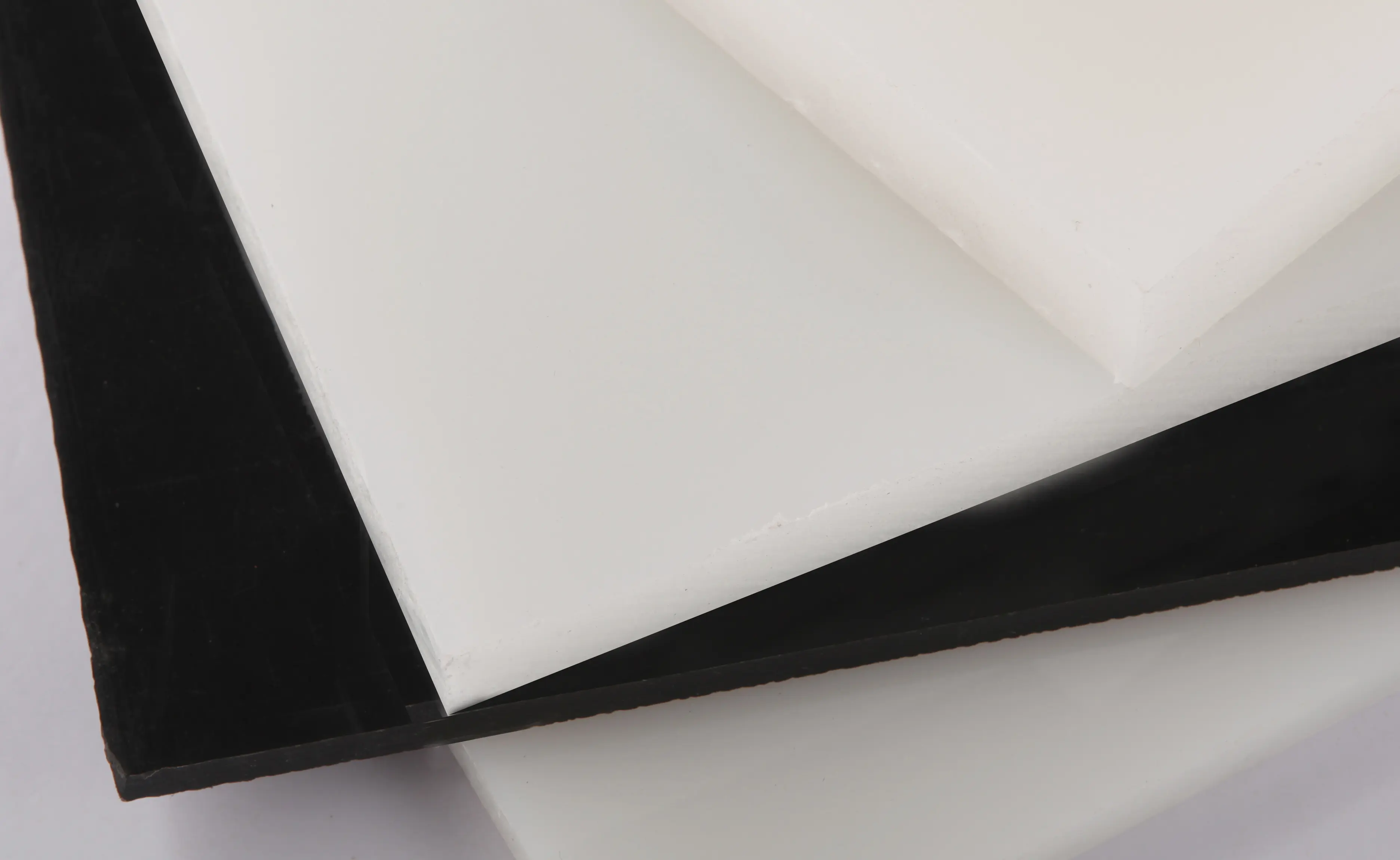កញ្ញា . 15, 2024 01:45 Back to list
pipe fittings
Understanding Pipe Fittings An Essential Component in Fluid Transport Systems
Pipe fittings are crucial elements in plumbing, heating, and fluid transport systems, serving as connectors, reducers, elbows, tees, and other vital components that facilitate the flow of liquids and gases. As essential fixtures in various applications, they are designed to join different sections of piping together, manage flow direction, and control the distribution of fluids. This article delves into the various types of pipe fittings, their uses, and the materials they are made from.
Types of Pipe Fittings
1. Elbows These fittings are designed to change the direction of the pipe run, typically at 45 or 90 degrees. They allow for smooth transitions and minimize fluid turbulence, promoting efficient flow throughout the system.
2. Tees A tee fitting is used to connect three sections of pipe. It enables the branching off of the flow into two separate directions, making it ideal for distributing fluids to multiple lines or creating a junction in a plumbing system.
3. Reducers These fittings are used to connect pipes of different diameters. They allow for a smooth taper from a larger to a smaller diameter, which is essential in systems where flow needs to be managed carefully to maintain pressure and velocity.
4. Couplings and Unions Couplings serve to join two sections of straight pipe, while unions allow for easy disconnection without cutting the pipe. These fittings are important in systems requiring maintenance or adjustments.
5. Caps and Plugs Caps are used to seal the end of a pipe, while plugs close off threaded ends. Both are essential for maintaining pressure and preventing leaks in closed systems.
pipe fittings

Materials Used in Pipe Fittings
Pipe fittings can be made from a variety of materials, each suited for specific applications based on factors like fluid type, pressure, and temperature
- PVC Polyvinyl chloride is a popular choice for drainage and non-pressurized systems due to its lightweight nature, resistance to corrosion, and cost-effectiveness.
- Copper Known for its durability and excellent thermal conductivity, copper fittings are commonly used in plumbing and heating applications.
- Steel Both galvanized and stainless steel fittings are used in high-pressure applications, offering strength and resistance to extreme temperatures and pressures.
- Brass This alloy is commonly employed for fittings that require corrosion resistance, making it a popular choice for water supply lines.
Conclusion
Pipe fittings play a fundamental role in the construction and operation of various plumbing and fluid transport systems. Understanding the types and materials of fittings allows professionals and DIY enthusiasts alike to make informed choices that enhance the efficiency and reliability of their piping systems. Whether it's for residential plumbing, industrial applications, or commercial heating systems, the right pipe fittings ensure that fluids are transported safely and effectively. In an industry where precision and reliability are paramount, investing in quality fittings is a decision that will yield significant benefits over time.
-
Durable PP Rigid Sheet: Lightweight, Chemical Resistant Solutions
NewsAug.21,2025
-
PVC Grey Sheet for Extraction: Chemical Resistant & Durable
NewsAug.19,2025
-
Durable PVC Pipe Fittings for Plumbing & Irrigation Needs
NewsAug.18,2025
-
HDPE Steel Belt Reinforced Spiral Corrugated Pipe | High Strength
NewsAug.17,2025
-
HDPE Pipe Fittings: Durable, Leak-Proof Solutions
NewsAug.16,2025
-
Premium CPVC Sheet: High-Temp & Chemical Resistant Solutions
NewsAug.15,2025

